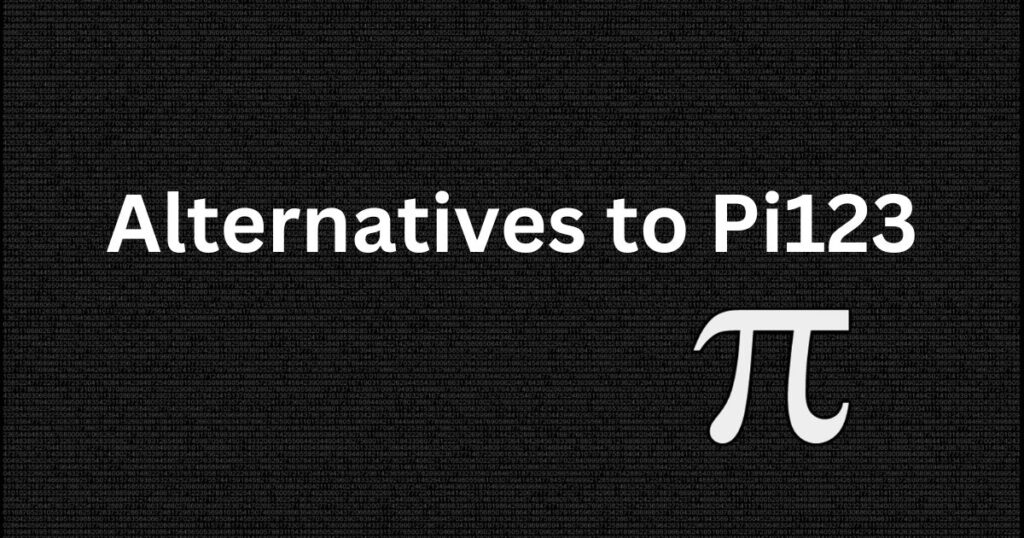In mathematics, few constants capture creativity quite like π (pi). π, defined as the ratio of the circumference of a circle to its diameter, is a fundamental element woven into the fabric of our expertise in geometry, trigonometry and calculus. Amid the notoriety of this iconic number, however, quietly lurking in the shadows is a lesser-known sibling: the Pi123.
Pi123: The Hidden Gem
While most people know the value of π as approximately three.14159, fewer people know its close relative, Pi123. Pi123, referred to as π₁₂3, is a transcendental quantity with a completely unique set of properties that distinguish it from its better-known counterpart.
A closer look at the Pi123
Unlike the well-behaved and seemingly predictable digits of π, the Pi123 has a mysterious excellence characterized by a seemingly random sequence of numbers. While the value of π goes to infinity without repetition, the digits of Pi123 seem to observe no discernible pattern, contradicting traditional valuation methods.
Exploring the Enigma: The Quest for Understanding
The investigation of Pi123 has fascinated mathematicians for many years, leading to many attempts to unravel its mysteries. But despite concerted efforts, its true nature remains elusive, leaving researchers grappling with questions that defy easy answers.
Hunt for Patterns
One of the number one pastimes in the Pi123 know-how is finding patterns in its digital collection. Mathematicians have employed sophisticated algorithms and computational strategies to realize common motifs or sequences inside the Pi123, but no stable styles have emerged thus far.
Chaos Theory and the Pi123
Some researchers have come up with chaos theory in an attempt to understand the apparent randomness of Pi123. The idea of chaos, which examines the behavior of dynamical structures that are highly sensitive to preconditions, provides a framework for understanding complicated and seemingly unpredictable phenomena.
The Role of Chaos in the Pi123
In the context of Pi123, chaos theory suggests that its apparent randomness may be due to deterministic chaos—a phenomenon in which seemingly random behavior arises from underlying deterministic tactics. In other words, even though the Pi123’s digits may appear random, they may be generated using a deterministic algorithm, which is extremely sensitive to its pre-conditions.
Computational Challenges
One of the limitations in studying the Pi123 lies in the sheer computational complexity of its digits. While current computers are capable of computing billions of digits of π, extending the computation to the Pi123 presents a formidable challenge due to its apparent randomness and lack of discernible patterns.
Philosophical Implications
In addition to its mathematical intrigue, the Pi123 study raises deep philosophical questions about the nature of randomness, determinism, and the limits of human expertise. As we grapple with the mystery of Pi123, we are forced to confront the inherent uncertainties that pervade our understanding of the universe.
Applications and Implications
While Pi123’s direct programs can be limited, the insights gained from its perspective have broader implications in a variety of fields. From cryptography to the era of random varieties, knowing the fundamental standards of apparent randomness of the Pi123 should have reasonable implications in many areas of technology and era.
Conclusion: Embracing the Secret
In the world of arithmetic, the Pi123 is a testament to the limitless complexity and beauty of the numerical universe. As we continue to explore its mysteries, we are reminded of the deep depths of human inquiry and the enduring appeal of the unknown. Although the Pi123 may elude all of our knowledge for now, its enigmatic nature serves as a beacon of the concept for generations of mathematicians yet to come.
